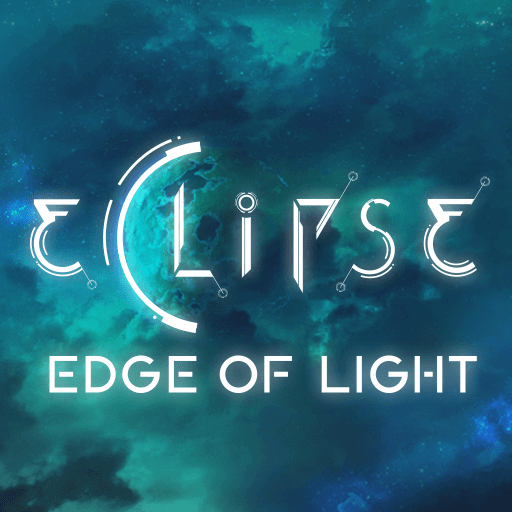Eclipse: Edge of Light Review
In Eclipse: Edge of Light, now on PSVR, you play in first-person as an astronaut who has crash-landed on an alien world. You are sent straight into the game without an explanation as to the game’s plot or the objectives, other than to find your fellow crew member who seems to have run off before you awoke. It becomes clear that your goal in the game is to uncover the truth about what happened to this planet by successfully travelling through it and creating the story as you go.
You illuminate the story bit by bit by scanning various relics along your journey, using the R2 trigger and moving up and down over each certain objects. They’ll then give up little tidbits to you, that when put together become a larger narrative. You quickly acquire an object called The Artifact, which is a glowing ball that you throw and retrieve to interact with the environment. This involves mostly destroying objects such as pottery or petrified humanoid figures that are scattered through each level. Shattering objects awards you “dust” that you collect and use to activate terminals and other machines necessary to progression.
Keeping Things Simple
Eclipse: Edge of Light also has puzzle elements that most will find only moderately challenging. These puzzles are well-constructed but they do not utilize any particularly new ideas we haven’t seen before many times. Due to the game’s simplicity and sparse environmental detail, I found there were only a few actions possible in any given situation, making the solution to each puzzle self-evident pretty quickly.
Further on into the game, extra gameplay elements are introduced, such as the strategic use of a jetpack to traverse chasms, activating floor-switches, avoiding laser machines, and moving objects into certain positions (and a bit more which I won’t spoil, although don’t get too excited). However, gameplay maintains a simple, straighforward feel throughout that is reminiscent of games like Journey or even a bit like Ryme. The same relaxed and Zen aesthetic permeates Eclipse, making it a low pressure and calming game to play.

Simplicity in gameplay is a good thing and Eclipse: Edge of Light is welcoming and easy to play from start to finish, with soothing music playing in the background along your journey. Neutral colors and soft glowing light offer a decidedly low-key vibe that’s certainly an antidote to amped-up shooters we often play these days.
However, there is a point when simplicity becomes boredom and Eclipse: Edge of Light slips into this latter category at times. Environments are quite empty of interesting detail, and even taking the time to climb a newly-discovered ladder or peek around a hidden corner offer no reward of unique objects or secrets, disappointingly. You’ll quickly find yourself running through each level as quickly as possible and ignoring your surroundings since there’s likely no cool surprises hiding out of plain sight.
The relaxing visuals previously mentioned also felt a bit too basic, especially in the early part of the game. Statues, which line the hallways and great rooms you pass through, all have a generic design of a nondescript humanoid figure. Walls are flat, dull surfaces lacking in textural detail. Later on, things get a bit more interesting but it would have been nice to see a more consistent visual experience all the way through. This was apparently a title that originally came out in 2017 and it shows.
Visually Disappointing
As a VR game, Eclipse: Edge of Light is not bad but doesn’t always take advantage of virtual reality to enhance gameplay. You’re in a confined space for the first part, walking slowly or jet-packing small distances. Later, large chasms, cliffs and canyons present themselves and while the admittedly vertigo-inducing platforming injects some novelty, I still felt a lack of the needed eye-candy I look for in my alien worlds.
Eclipse: Edge of Light offers a passable VR experience, especially for the affordable price, but its 2 to 3 hour adventure isn’t something I would want to replay after finishing it. I like the game’s narrative message and easy going nature, but in gameplay and visuals I was left bored. Despite a few tepid attempts at adding complexity, this is mostly a mild puzzler with a lot of walking through 2D polygonal environments. I recently reviewed Doctor Who: The Edge of Time, which in addition to the oddly similar names also had a similar gameplay style of forgettable puzzle solving. But in Eclipse: Edge of Time, there’s not even the Doctor Who name to spice things up.
** A PSVR game code was provided by the publisher **
The Good
- Easy simple gameplay
- Interesting story
The Bad
- Dull visuals
- Boring

